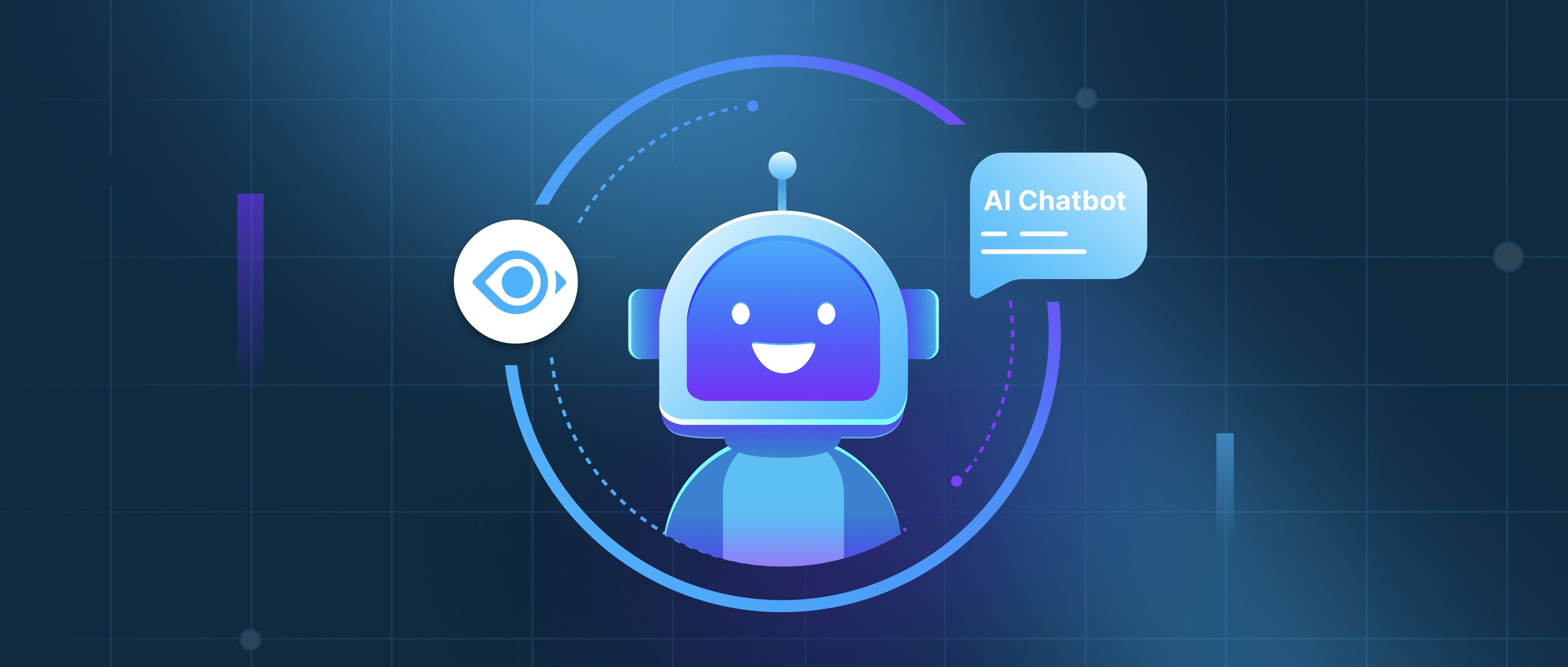When using embedding models, understanding their licensing terms is crucial to avoid legal issues and ensure compliance. Licensing considerations generally fall into three categories: open-source licenses, proprietary licenses, and data usage restrictions. Each type imposes different rules on how the model can be used, modified, or integrated into applications. Developers must review the specific license for each model to determine whether it aligns with their project’s goals, especially for commercial use or redistribution.
Open-source embedding models, like those from the Sentence Transformers library or models such as BERT (released under Apache 2.0), often allow free use, modification, and distribution. However, licenses vary. Permissive licenses like MIT or Apache 2.0 impose minimal restrictions, requiring only attribution or disclaimer notices. Copyleft licenses like GPL, used by some older models, require derivative works to be open-sourced under the same terms. For example, if you modify a GPL-licensed model and distribute it, your code must also be GPL-licensed. Proprietary models, such as OpenAI’s text-embedding-ada-002 or Cohere’s embeddings, forbid redistribution or modification and often require payment based on usage tiers. These models typically limit access to API endpoints, meaning you can’t host them locally or inspect their internals. Always check if a proprietary license permits your use case—some restrict embeddings from being used to train competing models.
Data usage and compliance are equally important. Many embedding models are trained on publicly available data, but others might use proprietary datasets or data with unclear origins. For instance, OpenAI’s models prohibit using outputs to train competing models, and their API terms require user consent for data processing. If your application handles sensitive or personal data (e.g., healthcare or finance), ensure the model’s license and training data comply with regulations like GDPR or HIPAA. For example, using a model trained on copyrighted books in the EU could risk infringement claims. Always verify if the model’s training data includes opt-out requirements, as seen in some Creative Commons-licensed datasets.
In practice, developers should start by checking the model’s license on repositories like Hugging Face or official documentation. For commercial projects, opt for permissive open-source models (e.g., FastText under MIT) or budget for proprietary API costs. If modifying a model, ensure copyleft terms won’t force unwanted open-sourcing of your code. For data-sensitive applications, prioritize models with transparent training data origins or use proprietary APIs that assume liability for compliance. For example, using OpenAI’s embeddings in a SaaS tool requires adhering to their usage policies and monitoring API costs, while self-hosting an Apache 2.0 model like all-MiniLM-L6-v2 avoids recurring fees but demands infrastructure setup. Always document your licensing decisions to mitigate legal risks.
